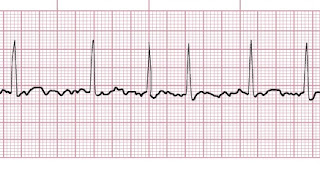Mixtures of Local Anesthetics
Mixtures of local anesthetics for regional anesthesia are sometimes used in an effort to compensate for the short duration of action of certain rapidly acting agents such as chloroprocaine and lidocaine, and the long latency of longer-acting agents such as tetracaine and bupivacaine. Mixtures of chloroprocaine and bupivacaine theoretically offer significant clinical advantages because of the rapid onset and low systemic toxicity of chloroprocaine and the long duration of action of bupivacaine; however, clinical results in studies of combinations have been mixed. The use of catheter techniques for many forms of regional anesthesia makes it possible to begin with a rapid-onset local anesthetic such as lidocaine, mepivacaine, or chloroprocaine and then follow with an infusion of either a shorter-acting or longeracting local anesthetic thereafter. Clinicians should be cautioned to not...

